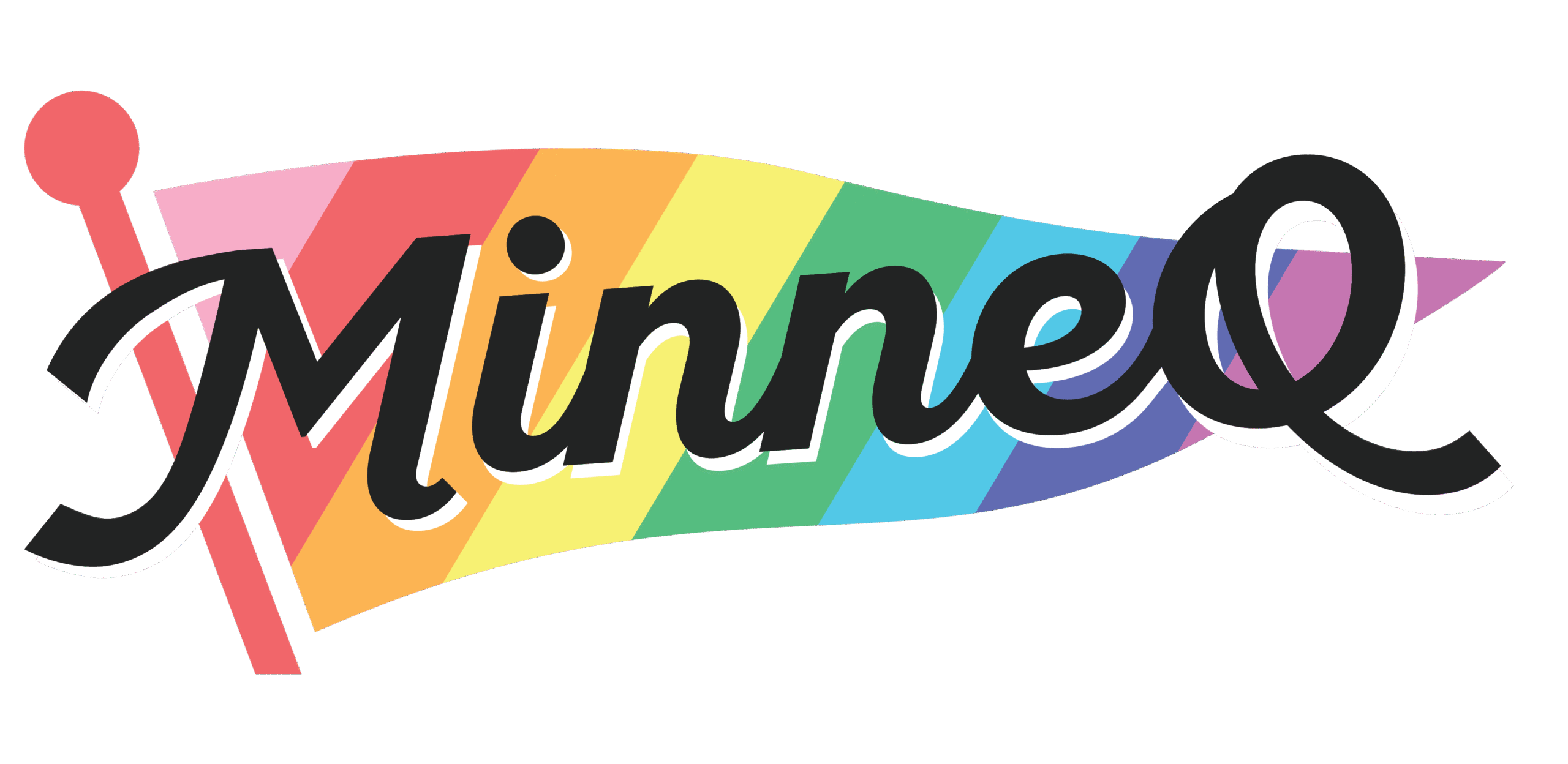There are many different labels for relationship configurations. Each of these has different connotations, but none are more correct than than any other, as long as the relationship follows healthy boundaries, informed consent, and individuals are able to meet all of their emotional/physical/sexual needs. The focus here is to describe various types of polyamory and ways they present.
Polyamorous relationships are generally more commonly accepted within the Queer community. When individuals have already rejected a set of societal norms (i.e. heteronormativity), they are often more willing to reject other norms as well, such as monogamy. This does not mean polyamory is a good fit for everyone, nor that everyone should embrace it as a practice.
Some people feel that polyamory is inherently better, and look down upon those who practice traditional monogamy. This is not a sentiment we tolerate at MinneQ; we welcome any and all relationship configurations, even if not listed below.
Types of relationships
Monogamous: an individual who has only one partner.
Polyamorous: an individual who has chosen to seek more than one partner in their life to fulfill physical/emotional/sexual needs.
Polysaturated: an individual who is poly and considers themselves “full” on partners. They may be maxed on what they can emotionally take on, capped on the amount of time they can give, or simply feel all their physical/emotional/sexual needs are met.
Monogamish: an individual who is primarily monogamous, but with the consent of their partner, seeks out sexual encounters with others.
Open relationship: a relationship in which both partners agree that each may have sexual relations with others, but typically limiting emotional connections.
Kitchen-table poly: a style of polyamorous relationship where all partners and metamours (partners’ partners) strive to have close, friendly, and even familial relationships with each other.
Closed poly/poly fidelity: a type of polyamorous relationship where a group of three or more people agree to be romantically and/or sexually exclusive with each other, forming a closed circle.
Relationship anarchy: a relationship style that challenges traditional relationship norms and expectations by emphasizing individual autonomy and rejects hierarchical structures within relationships.
Polyamory is not cheating.
Healthy polyamory requires all individuals involved are aware of the nature of the relationship dynamics at play and all other partners. This does not mean that one individual knows or is aware of the intimate details of their partner’s relationships. However, one example they should be made aware of is if their partner begins a new sexual relationship; their personal STI risk has now changed, and consent requires they be informed.
Cheating can still happen in polyamory.
Being poly does not give license to start new relationships without informing and obtaining affirmative consent from current partners regarding the nature of the potential new relationship.
The nature of your relationship dynamic is up to you and any partners you have. There is no single correct way to be poly, but there are multiple incorrect ways as well. Informed consent is paramount to healthy polyamory.
